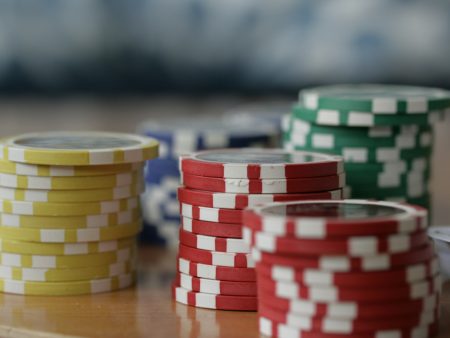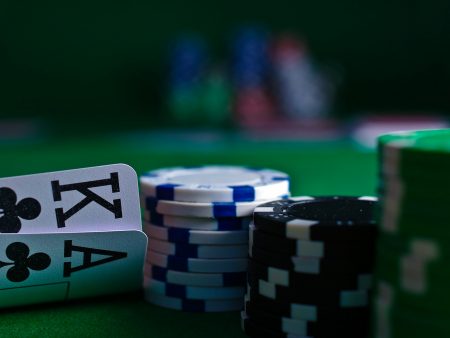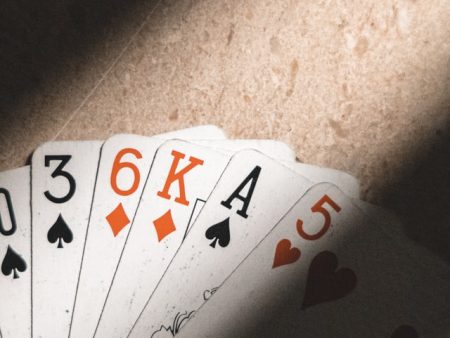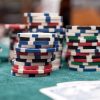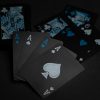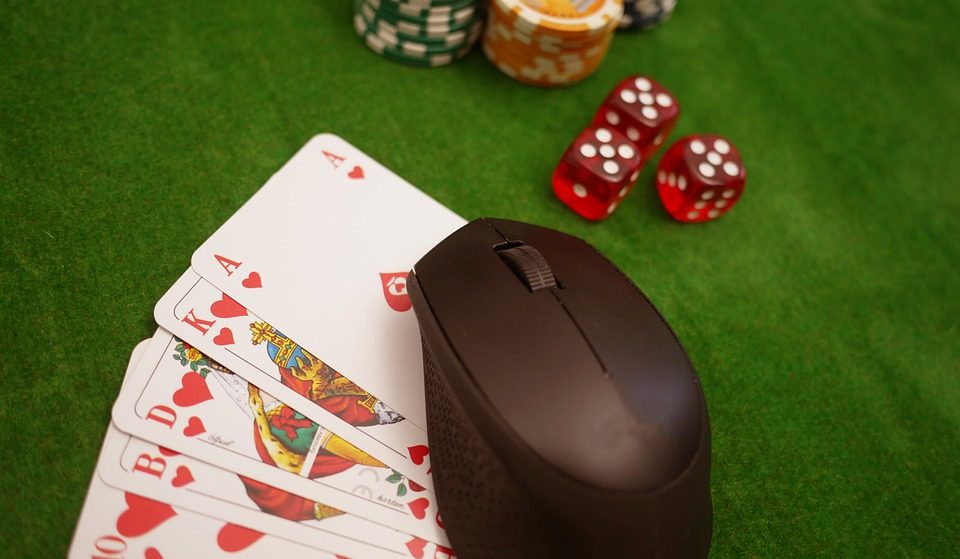
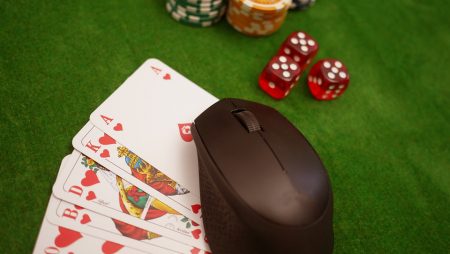
It is quite astonishing to see many poker players ignoring flop texture. The texture of flop offers free data regarding the board’s composition along with the opponent’s potential range of cards.
You can theoretically assign a range of hands to rivals. However, a flop’s texture more precisely delineates the opponent’s range of hands. Besides, it also allows you to speculate potentially dashed hands.
You are making a costly mistake if you don’t take flop texture into consideration while betting and calling. Suppose the opponent makes such a mistake, you have a better opportunity of beating him. You have to learn how to assess flop texture to take advantage of the available information.
Is It a Dry Board or a Wet Board?
You have to assess whether it is a dry or wet board when assessing flop texture. Additional data can be added later when you examine the board! Consider the following things to know what sort of board it is:
- A dry board provides you with a few drawing opportunities. A wet board would offer so many drawing opportunities. Boards in-between dry and wet are neutral!
- There will be a big and two small cards on a dry board. It can also have three small cards without a support for a flush draw. A ragged board has the potential to support a straight draw. However, the chances of your opponent holding cards which connect to such a flop are pretty low.
Dry board:
A dry board will have hands like:
- A Queen of Spades, an 8 of Diamonds, and a 3 of Clubs
- A 7 of Hearts, a 5 of Spades, and a 2 of Clubs
Such hands indicate that you are looking to a dry board. Suppose an opponent holds , he will admire the first flop. Whereas, another player with
would prefer flopping a set with the latter board. It is quite difficult to assess the opponent has anyone of those hands.
You will have to assign a wide range of hands to the opponent to assess his hand. The ranges supported by the mentioned flop will be a bit narrower now.
How to Play a Dry Board?
The moment you find it’s ragged, low flop, just recall if someone raised before the flop or not. Suppose an opponent raised before the flop and a cold caller, who also opposed to the caller, and then called again, this ragged board might not please anyone!
If the raising opponent was in early position and almost the rest cold-called, the possibility of a straight is pretty low now. Suppose any opponent bets in such a situation, he is either bluffing or representing an onverpair.
A dry board might also include a pair along with a flop, such as. This flop can never support a draw and the chances of win are quite slim. Beware of opponents, which might calmly hold a hand like
to lure you and defeat you.
Wet boards:
As the name suggests, a wet board is exactly opposite of a dry board. It offers several draw opportunities and it can be well-coordinated. Its examples include:
- Queen of Spades, Jack of Spades, and 9 of Diamonds
- King of Hearts, Queen of Hearts, and 10 of Spades
As you can see, the above suggested flops include two big cards. These big cards can easily pair-up with some other big cards. Such flops also induce flush draws and some straight draws. If a seasoned poker player gets these flops, he will make his straight within a few minutes.
It draws more players in the pot:
If a wet board is perfectly coordinated to support a flush or straight draws, probably all your opponents will be in the pot. Such a board makes it pretty daunting to envision the win, even if you hold a pair of top kicker or top pair.
Wet boards also include cards, which are always in the playing zone. This playing zone includes only those cards, which you want to play. These cards range between jack and ace or between ten and ace.
Your opponents will certainly search for the reason to play their cards, if their hand includes cards between ten and ace. You can discourage then only by a raise or a re-raise to show your dominance.
Reading the Board Texture:
You must read the board texture if you wish to make a continuation bet. Suppose the flop hit hard, you must bet! In case it misses you more than once, the board’s texture will help you along with the potential range of the opponent’s card. This data will help you in assessing whether you should bet again or not.
How to win on a dry board?
You will see many folds on a dry board. Players get very few combinations to work with. However, if there is a pre-flop raiser, you should make a continuation bet against him. It is less likely that he will bet again because that dry board rarely offers an opportunity.
Read your opponent’s mind:
The opponent knows that he didn’t connect to the flop. What he doesn’t know is the type of hand you hold. So, you can play with his mind by continuing your bet or raising it to make him fold.
Can You Use the Board’s Texture to Raise an Aggressive Opponent?
Yes, you can do it. Suppose an opponent has raised before the flop and you are calling from late position with cards like in your hand. The flop is
and Let’s presume both blinds are folded.
The texture of board reveals that the chances of a flush draw are quite low and you can take a deep breath. Even though the hand is not yours yet, you can have a straight draw and two overcards. Those overcards will bring you to the winner’s circle if you successfully pair them with river on the turn.
There are great possibilities of turning things in your favor when you understand the board’s texture. Learn some winning tactics to encourage the aggressor for better bets. He will fill the pot and you will take it!

